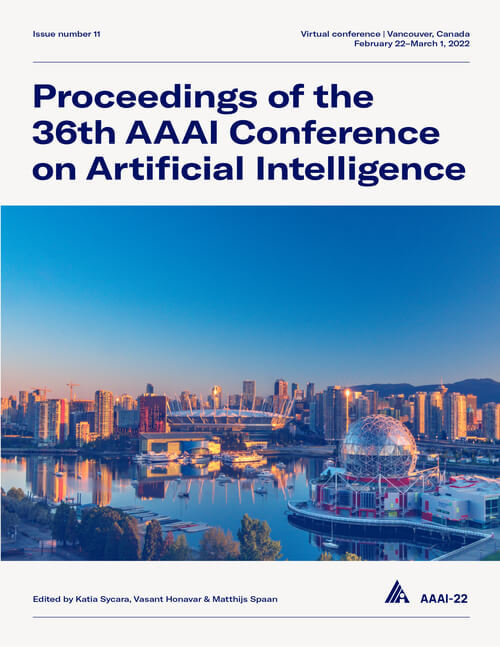Learning Human Driving Behaviors with Sequential Causal Imitation Learning
DOI:
https://doi.org/10.1609/aaai.v36i4.20382Keywords:
Domain(s) Of Application (APP)Abstract
Learning human driving behaviors is an efficient approach for self-driving vehicles. Traditional Imitation Learning (IL) methods assume that the expert demonstrations follow Markov Decision Processes (MDPs). However, in reality, this assumption does not always hold true. Spurious correlation may exist through the paths of historical variables because of the existence of unobserved confounders. Accounting for the latent causal relationships from unobserved variables to outcomes, this paper proposes Sequential Causal Imitation Learning (SeqCIL) for imitating driver behaviors. We develop a sequential causal template that generalizes the default MDP settings to one with Unobserved Confounders (MDPUC-HD). Then we develop a sufficient graphical criterion to determine when ignoring causality leads to poor performances in MDPUC-HD. Through the framework of Adversarial Imitation Learning, we develop a procedure to imitate the expert policy by blocking π-backdoor paths at each time step. Our methods are evaluated on a synthetic dataset and a real-world highway driving dataset, both demonstrating that the proposed procedure significantly outperforms non-causal imitation learning methods.Downloads
Published
2022-06-28
How to Cite
Ruan, K., & Di, X. (2022). Learning Human Driving Behaviors with Sequential Causal Imitation Learning. Proceedings of the AAAI Conference on Artificial Intelligence, 36(4), 4583-4592. https://doi.org/10.1609/aaai.v36i4.20382
Issue
Section
AAAI Technical Track on Domain(s) Of Application

